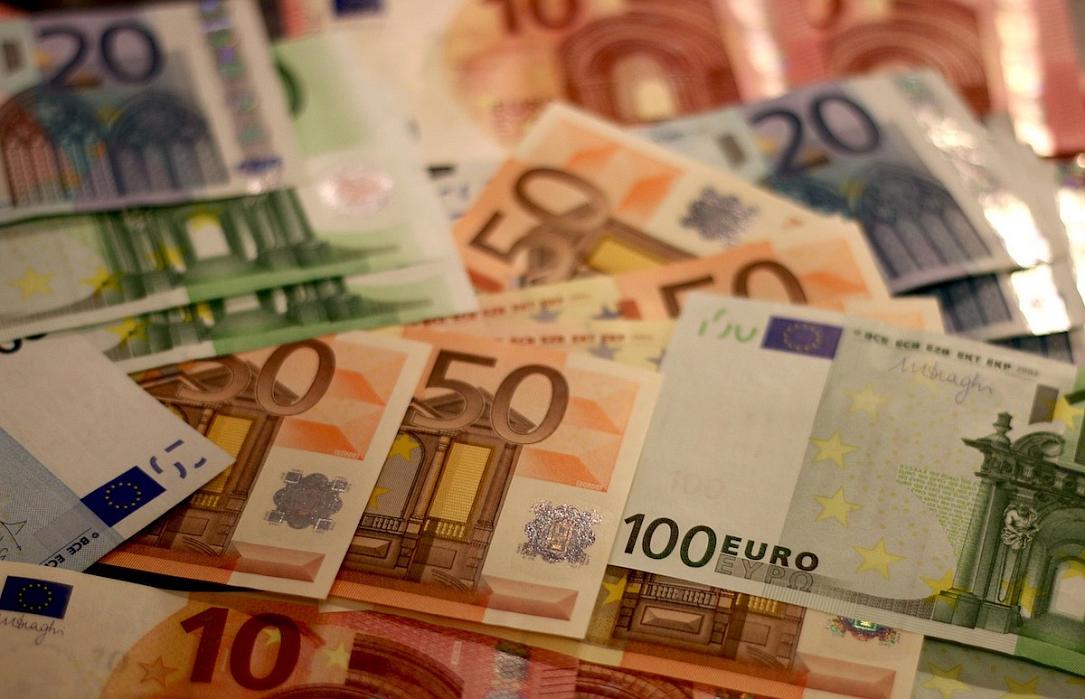Romania posts widest public deficit, lowest budget revenues in EU

Romania's public deficit increased from 2.9% of GDP in 2018 to 4.3% of GDP in 2019 when the country posted the widest deficit-to-GDP ratio in the EU, according to Eurostat reporting under the harmonized European methodology.
While Romania's public debt is among the lowest in the European Union, wide budget deficits (this year's deficit could reach around 8% of GDP) tend to close the gap.
Another weakness of Romania's public finance is the low revenues-to-GDP ratio, well below the average in the European Union (31.7% in Romania compared to 46.2% in the EU).
Eurostat data shows that Romania's government spending increased from 34.8% of GDP in 2018 to 36% of GDP in 2019, while the revenues fell slightly to 31.7% of GDP in 2019, compared to 31.9% of GDP, as recorded in 2018.
In the European Union, only Ireland (which is a particular case) posts lower revenues-to-GDP ratio than Romania.
The public deficit in the euro area increased from 0.5% of GDP in 2018 to 0.6% of GDP in 2019. In the EU27, it went up from 0.4% of GDP in 2018 to 0.6% of GDP in 2019.
Separately, the public debt-to-GDP ratio decreased in both the euro area (from 85.8% to 84.1%) and the European Union (from 79.6% to 77.8%).
The member states that had the lowest government debt as a percentage of GDP were Estonia (8.4%), Bulgaria (20.4%), Luxembourg (22.1%), Czech Republic (30.8%), and Denmark (33.2%).
For Romania, Eurostat data shows that government debt as a percentage of GDP increased from 34.7% in 2018 to 35.2% in 2019.
(Photo: Pixabay)
editor@romania-insider.com













